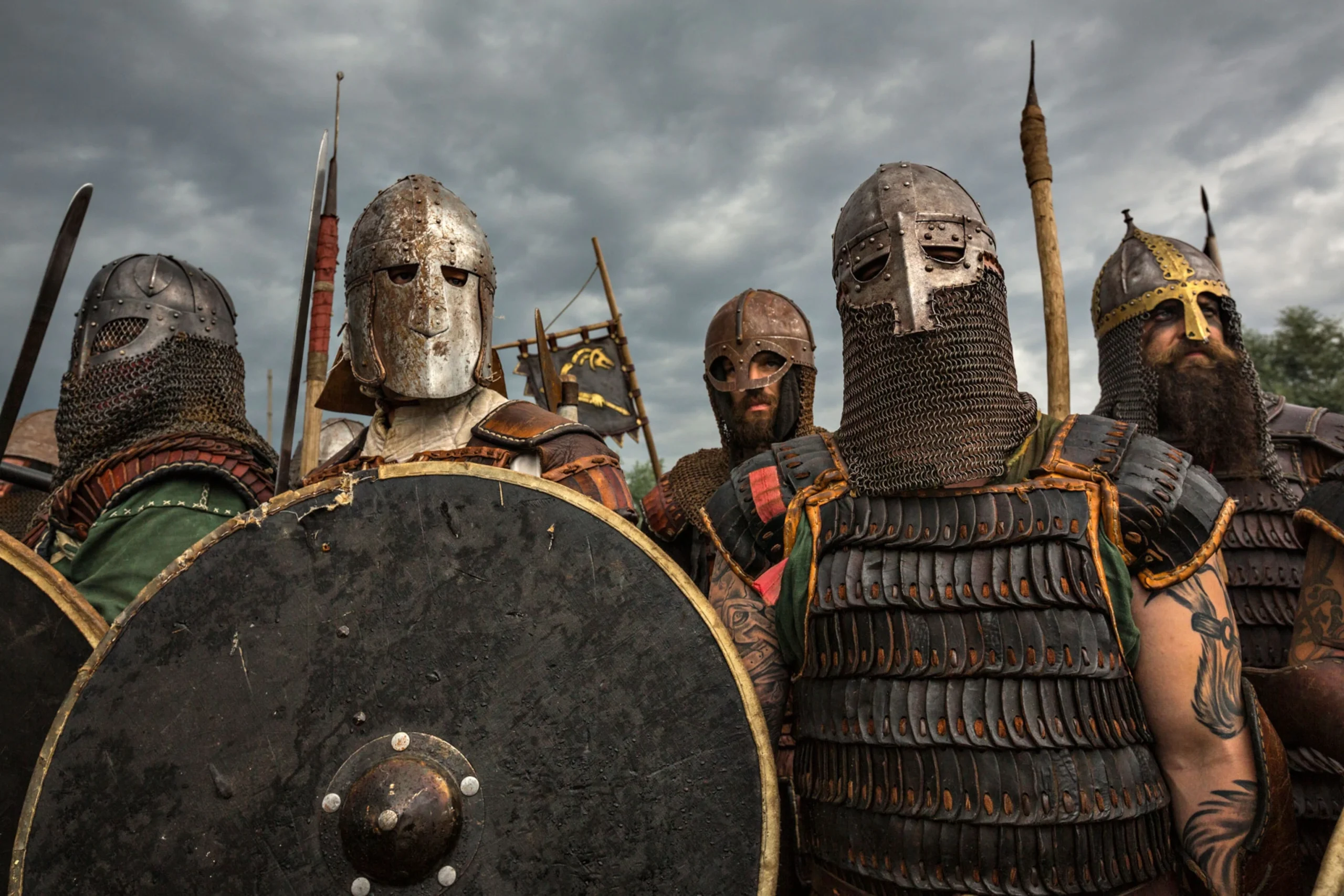nagoyasuzukiamerica.com – Norway’s rich history is deeply intertwined with the legendary tales of the Vikings, a seafaring people known for their exploration, trade, and sometimes raiding during the Viking Age, which lasted from the late eighth century to the early eleventh century. The Viking legacy is an integral part of Norway’s cultural heritage, influencing its art, language, and societal structures. This article explores the profound impact of the Vikings on Norway and how their legacy continues to shape the country’s identity today.
The Origins of the Vikings
The Vikings originated from the Scandinavian region, primarily modern-day Norway, Sweden, and Denmark. This period of migration and expansion began around 793 AD with the infamous raid on the Lindisfarne monastery, marking the start of the Viking Age. The geographical landscape of Norway, characterized by its rugged coastlines and fjords, played a significant role in shaping the Vikings’ seafaring prowess.
Seafaring Prowess and Exploration
The Vikings were renowned for their exceptional shipbuilding skills, which enabled them to travel great distances across treacherous seas. The iconic Viking longships were not only fast and agile but also capable of navigating both open oceans and shallow rivers. This allowed the Vikings to explore vast territories, from the shores of North America to the rivers of Eastern Europe.
Trade and Cultural Exchange
Contrary to their popular image as mere raiders, the Vikings were also skilled traders and settlers. They established trade routes that connected Scandinavia with the rest of Europe, the Middle East, and Asia. This trade network facilitated cultural exchange, bringing new ideas, technologies, and goods to and from Norway. The Vikings traded in a variety of commodities, including furs, amber, and even slaves.
Viking Society and Governance
Viking society was complex, organized around a system of chieftains and local assemblies known as “things.” These assemblies were instrumental in decision-making and law enforcement, laying the groundwork for modern democratic practices in Norway. The social structure was hierarchical, but it allowed for mobility, with individuals earning status through achievements in exploration, trade, or combat.
The Christianization of Norway
Towards the end of the Viking Age, Norway underwent a significant transformation with the spread of Christianity. This shift was gradual, as pagan beliefs were deeply rooted in Viking culture. The conversion to Christianity was marked by the establishment of churches and the introduction of Christian laws, which eventually led to the integration of Viking traditions with Christian practices.
The Legacy of the Vikings
Today, the Viking heritage is celebrated across Norway, with numerous museums, festivals, and archaeological sites dedicated to preserving this rich history. The Oseberg and Gokstad ships, two of the best-preserved Viking ships, are displayed at the Viking Ship Museum in Oslo, offering a glimpse into the craftsmanship and seafaring life of the Vikings.
Conclusion
The Viking heritage is a testament to Norway’s ancient roots, illustrating a period of exploration, cultural exchange, and innovation. The influence of the Vikings is evident in Norway’s art, language, and societal values, making it an essential part of the country’s identity. As we continue to explore and understand the Viking legacy, we gain insights into a civilization that shaped not only Norway but also the course of European history.
